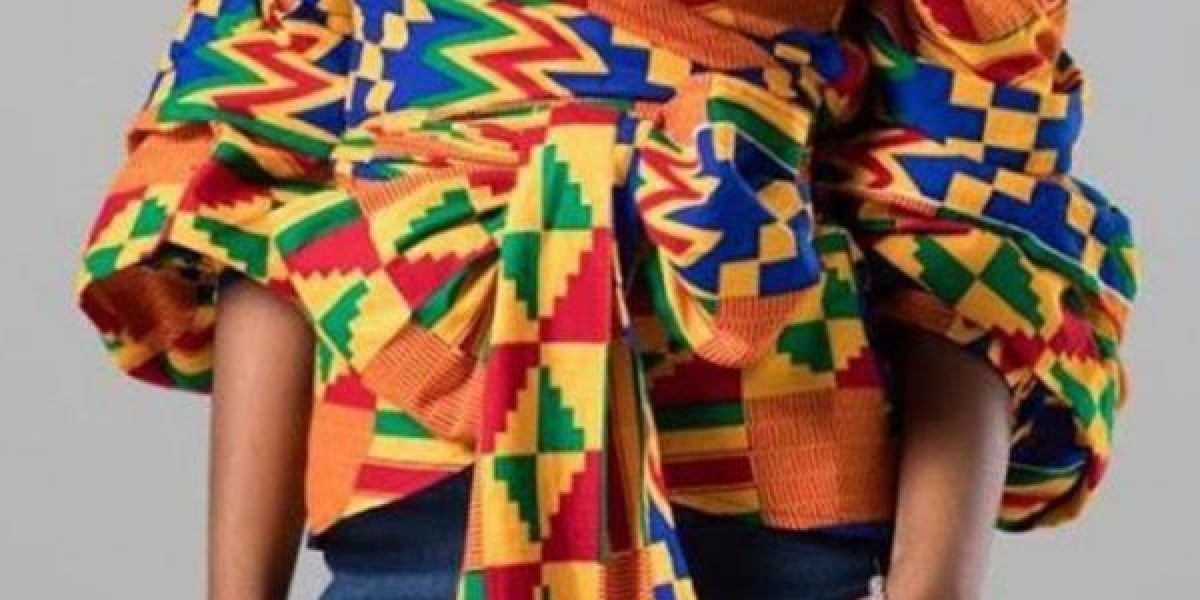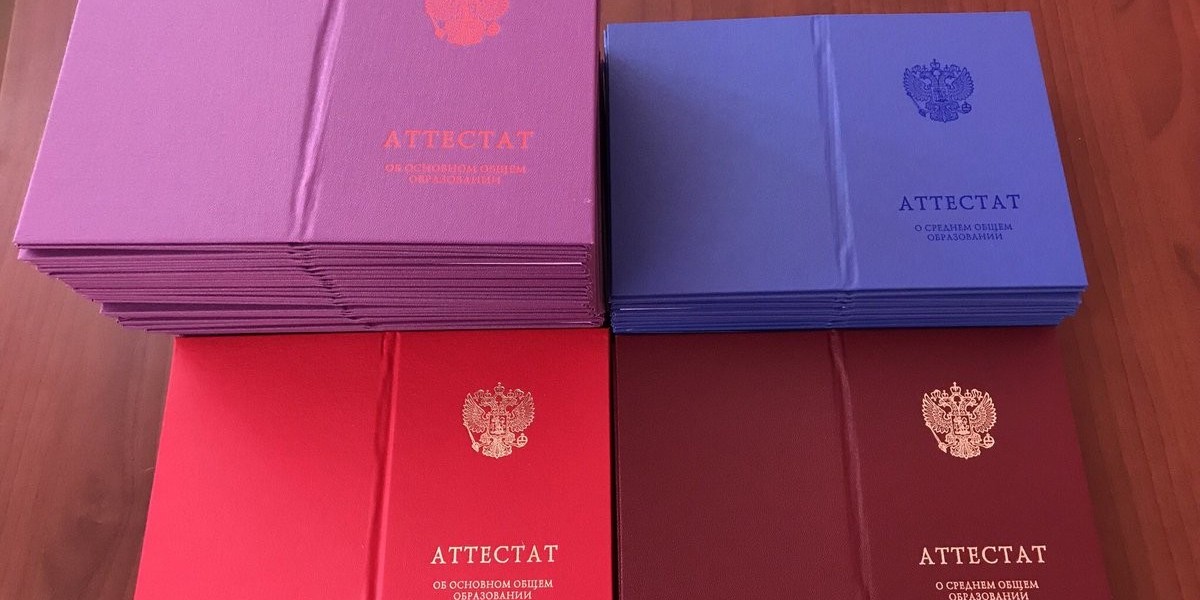African royalty, with its rich history and diverse cultures, has had a profound influence on women's fashion both within the continent and beyond. The opulent traditions, intricate designs, and symbolic attire of african dress royalty have shaped fashion trends and inspired contemporary styles around the world. This article explores how African royalty has impacted women's fashion, highlighting key elements of traditional attire and their influence on modern fashion.
Traditional African Royalty Attire
Regal Robes and Fabrics
Kente Cloth: Originating from the Akan people of Ghana, kente cloth is a vibrant, handwoven fabric featuring intricate patterns and bright colors. Traditionally worn by royalty and dignitaries, its symbolism and craftsmanship have influenced global fashion designers who incorporate kente patterns into contemporary garments.
Aso Ebi: In Nigeria, the aso ebi (meaning "family cloth") is a traditional fabric worn by families to celebrate special occasions. Often adorned with elaborate embroidery and embellishments, it has become a symbol of communal identity and luxury in fashion circles.
Headgear and Accessories
Royal Crowns and Headpieces: African royalty often wore elaborate crowns and headpieces made from gold, beads, and feathers. These accessories, such as the Yoruba beaded crowns or the Zulu isigolwane, have inspired modern fashion designers to incorporate similar elements into their collections, reflecting the grandeur of African traditions.
Beaded Necklaces and Bracelets: Beaded jewelry, used extensively in royal attire, continues to influence fashion trends. Its intricate designs and cultural significance have been embraced by designers seeking to infuse their collections with African aesthetic elements.
Colors and Symbolism
Symbolic Colors: Traditional African attire often utilizes colors with specific meanings, such as red for power and wealth, or white for purity and spirituality. These color choices have been integrated into modern fashion, where designers use them to convey messages or evoke certain moods.
Influence on Contemporary Fashion
Global Fashion Runways
Designer Collections: High-profile designers like Stella Jean, Vivienne Westwood, and Balenciaga have incorporated African-inspired elements into their collections, paying homage to the continent's rich royal heritage. Their designs often feature African prints, beadwork, and silhouettes reminiscent of traditional royal attire.
Fashion Weeks: African-inspired fashion has become a staple in international fashion weeks, with designers showcasing collections that blend traditional African motifs with modern aesthetics. This crossover has helped elevate the visibility of African fashion on the global stage.
Cultural Exchange and Fusion
Collaborations and Collections: Collaborations between African designers and international fashion houses have led to innovative collections that blend traditional African elements with contemporary styles. This fusion highlights the versatility and relevance of African royal fashion in today's world.
Celebrity Influence: Celebrities and influencers who embrace African-inspired fashion often bring attention to the beauty and complexity of traditional attire. Their endorsements help popularize these styles and integrate them into mainstream fashion.
Sustainable and Ethical Fashion
Handmade Craftsmanship: The emphasis on handcrafted garments and sustainable materials in traditional African royalty attire resonates with the growing trend towards ethical fashion. Many designers are now focusing on sustainable practices, drawing inspiration from the meticulous craftsmanship of African royal attire.
Conclusion
African attire dresses are renowned for its vibrant colors, intricate patterns, and rich cultural significance. Traditional garments like the kente cloth of Ghana or the shweshwe fabric from South Africa are not only beautiful but also steeped in historical meaning. Each pattern and color in these fabrics often represents specific ethnic groups, historical events, or social statuses, showcasing the wearer's heritage and identity.








